S-Works Tarmac SL7
During the UK’s Coronavirus lockdown, a complete lack of work travel gave me plenty of time to focus on my riding. After getting my fitness up to the highest it’s ever been—and bagging numerous KOMs in and around Leeds in the process—I decided in late summer that I would treat myself to a new bike: the 2021 Specialized S-Works Tarmac SL7. And wow, what a treat it is—this is a bike that certainly lives up to the hype, and then some. This really is a superbike.
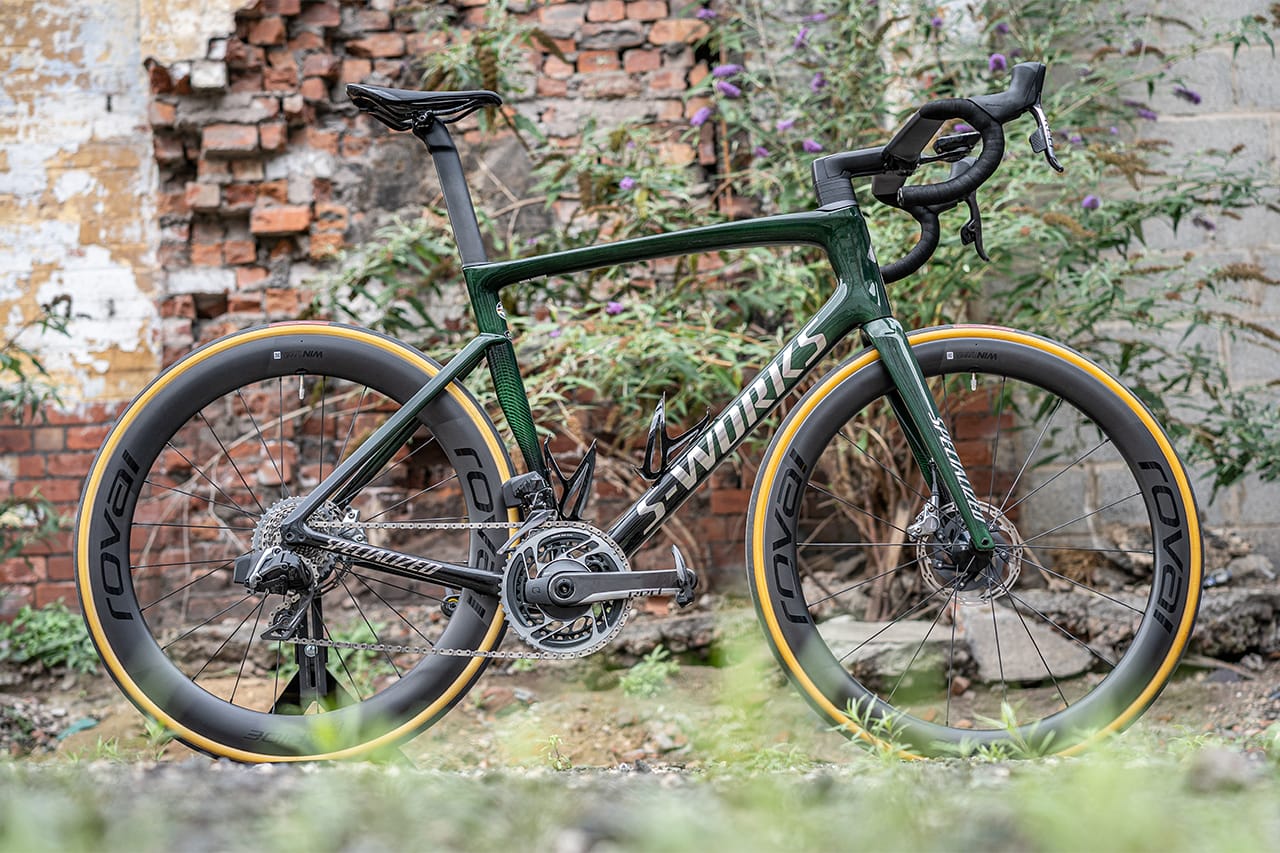
For as long as I can remember, I’ve always had a bike. Since I was old enough to ride one, I’ve had one. My obsession picked up a notch in my teen years when I started to ride trials, and over the next decade or so, my riding has changed and matured to the point where my main focuses are mountain and road biking.
Owing to a second broken elbow in February of 2020, my more aggressive mountain biking had to take a back seat while I underwent physiotherapy and rehab. This, coupled with the UK’s Coronavirus lockdown, meant I started to put far more emphasis on road cycling. Initially, I was limited to riding indoors on a turbo trainer until my physio signed me off for riding outside, at which point I was out several times a week on my 2018 Giant TCR.
Months of consistent indoor training meant I hit the roads in my best shape ever, and within a couple of months I’d racked up half a dozen or so local KOMs, chief among which is a 52kmph sprint of which my rank is the fastest of 155,654 attempts by 7,348 people. Achievements like this really, really renewed my love of cycling, but also helped convince me that perhaps it was time to level up my bike…
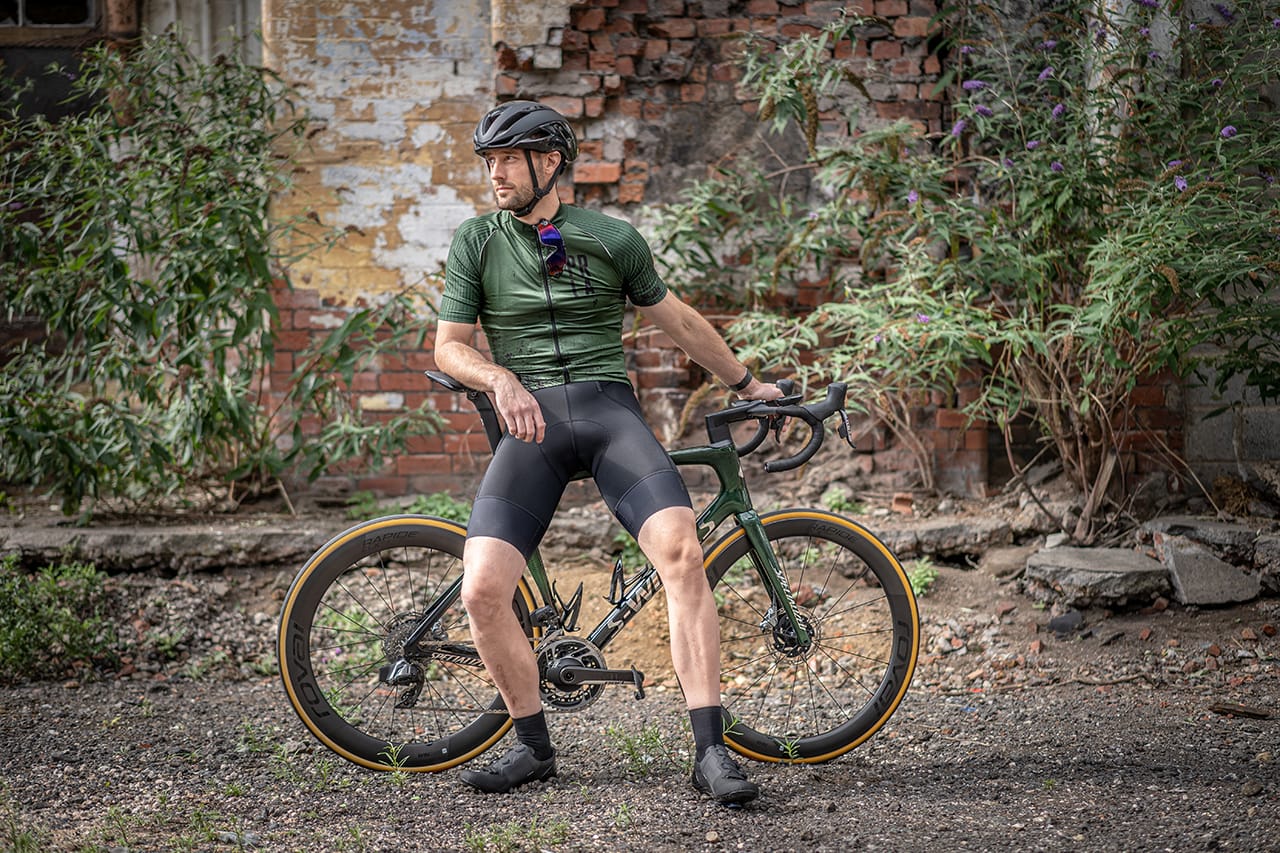
When it came to deciding which bike to opt for, I was initially considering the Pinarello Dogma F12, the bike that took Team Sky/Ineos Grenadiers to seven Tour de France victories between 2012 and 2019. However, out of nowhere (to me at least) Specialized launched their 2021 Tarmac in late July. The arrival of the latest iteration of the S-Works superbike took me back to the drawing board.
After reading every review, watching every unboxing, and studying every YouTube video I could find, my mind was made up—the new SL7 Tarmac had redefined everything. Again.
Usually, I get everything bike-related from Woodrup Cycles, a local and very renowned firm that I’ve been using for years. Unfortunately, however, Specialized is one of the few brands they don’t carry, so Woodrup told me to head to the Specialized Concept Store in Harrogate. I rode over one afternoon and got caught in a downpour on the way, arriving drenched—and legs covered in road spray—to ‘just take a look’ at the new Tarmac.
At £10,500 off the shelf, it was something I needed to give a lot of consideration to. However, the moment I stepped into the store and saw one in the flesh, I knew that my mind was made up. I spent probably 90 minutes with the store’s assistant manager getting properly measured up and digging into the details before excitedly biting the bullet and putting in the order. Just over two weeks later, the bike was built and ready to be collected.

The Tarmac is widely regarded as the winningest bike in the world. Although Pinarello have dominated the Tour de France over the past almost-decade, the Tarmac has had a lot of success elsewhere. In fact, only yesterday Julian Alaphilippe rode his SL7 to victory at the world championships; the week before, Sam Bennett won the green jersey at the Tour de France aboard his.
All of this serves to underscore the fact that this bike is grossly overqualified for a rider like me, but after running the numbers, I decided that I would happily invest such a sum in a pastime that’s been a part of my life for the best part of three decades. I’m also incredibly good at justifying almost anything to myself, so that helped.
With terrible timing, the day before I was to pick up the new bike, I was knocked off my Giant by a taxi. This left me with strained intercostals (similar to a bruised rib) that meant my first two weeks on the Tarmac had to be very timid. Still, that said, I did bag a couple of KOMs already, and I was instantly in love with it. It’s just incredible. A very fun and encouraging ride that just begs to be ridden faster.

The remarkable thing about the Tarmac is the way that Specialized have managed to make such a versatile machine. A strong focus on aerodynamics, but still coming in at the UCI weight limit of 6.8kg, I’ve never even picked up a bike this light before, let alone owned one. It’s pretty unusual. In a good way.
The stiffness of both the frame and the wheels mean that the bike is very honest and faithful to power transfer, and every bit of drive that leaves the legs makes its way dutifully to the back wheel. This makes for an incredibly fast and powerful ride, which is exactly my style.
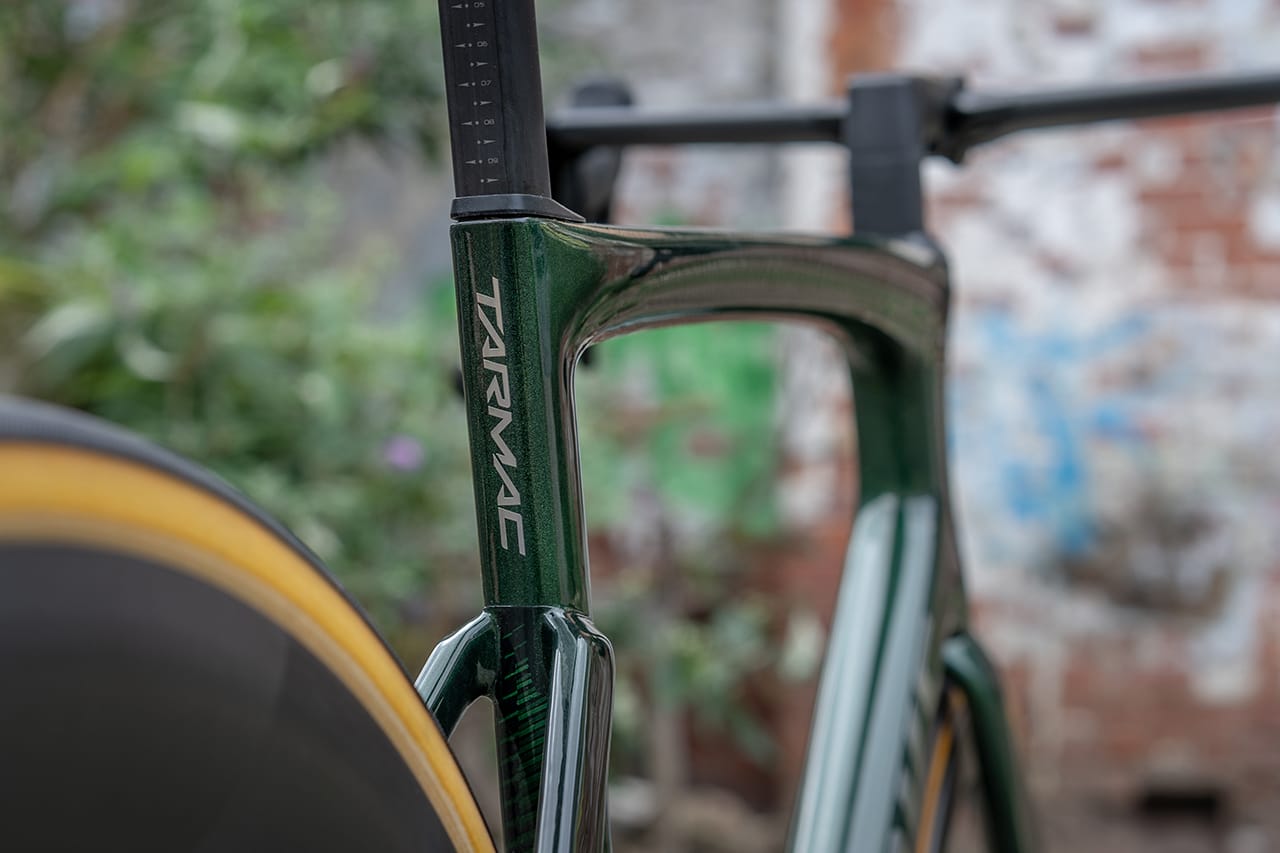
At 86kg, I weigh more than I think anyone you’ll find in the pro peloton. This means that I’m not particularly well suited to climbing. Unfortunately, and especially living in Yorkshire, hills cannot be avoided, and nor should they be. The very light weight of the Tarmac definitely gives me a little bit of much needed help here, and there are even climbs at the moment that I might even say I enjoy. Almost.
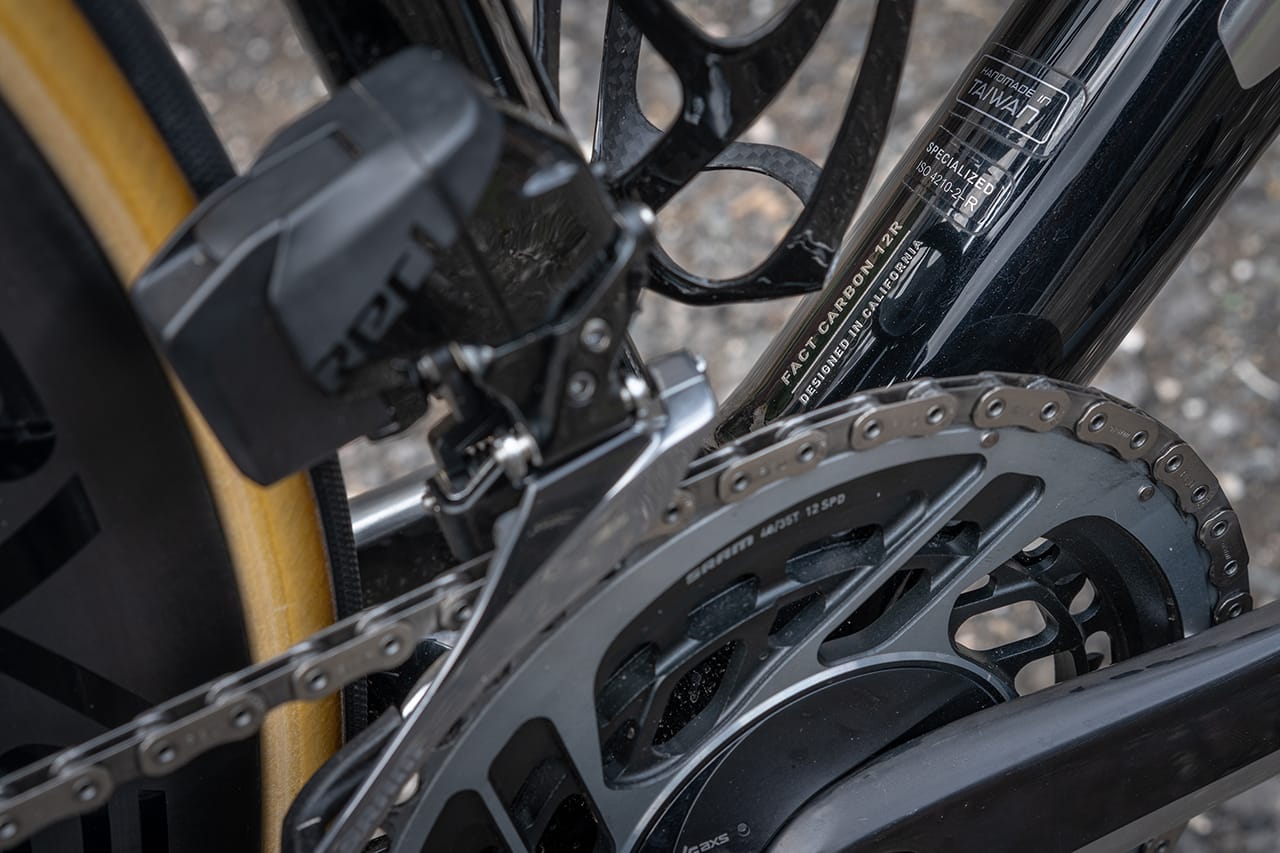
This is my first time with electronic shifting, and also my first time with a SRAM groupset. All of my other bikes, even my mountain bike, have always been Shimano. I was interested in the SRAM option for a few reasons:
- The SRAM build is a much nicer colour (black and green) than the Shimano option (black and red).
- Shimano’s last update to Di2 was in 2016—meaning a new version is probably on the horizon—whereas SRAM’s top-flight groupset was only launched last year. Buying the Shimano option would leave me with older technology that is likely to also become out of date sooner.
- The SRAM groupset is more expensive than the Shimano when bought alone, but Specialized haven’t reflected that in the price of the bike—it’s better value to buy the SRAM groupset.
- SRAM’s 12-speed cassette gives one extra gear at the top end of the range.
- SRAM’s batteries are decentralised, attaching directly to each mech and achieving full wirelessness; Shimano has a centralised battery inside of the seatpost. More on the benefits of this later.
- The SRAM groupset just looks way nicer.
I’ve found myself incredibly fond of the SRAM groupset. Their completely new take on gears and gearing seems to have hit the nail squarely on the head. Twelve speeds not only increases the range, but it also manages to decrease the gap between each increment. This gives incredibly smooth, consistent changes between gears, and the newly designed chain completes the picture to provide a near silent drivetrain.
This is also my first time riding electronic shifting, but I must admit I don’t think I’ve found it quite as revolutionary as I expected.. That said, on a ride last week, I suffered my first ever flat battery—a very modern problem indeed—which left me without the ability to change gears at the rear cassette. Because the gears at the back of the bike are used far more than the chainrings up front, it makes sense that the battery on the rear mech would run out first. Thankfully, as I mentioned above, the SRAM model places batteries directly on each mech rather than in a centralised location. The beauty of this is that all I needed to do was hop off the bike, swap the batteries around, and set off again. A very smart bit of design.
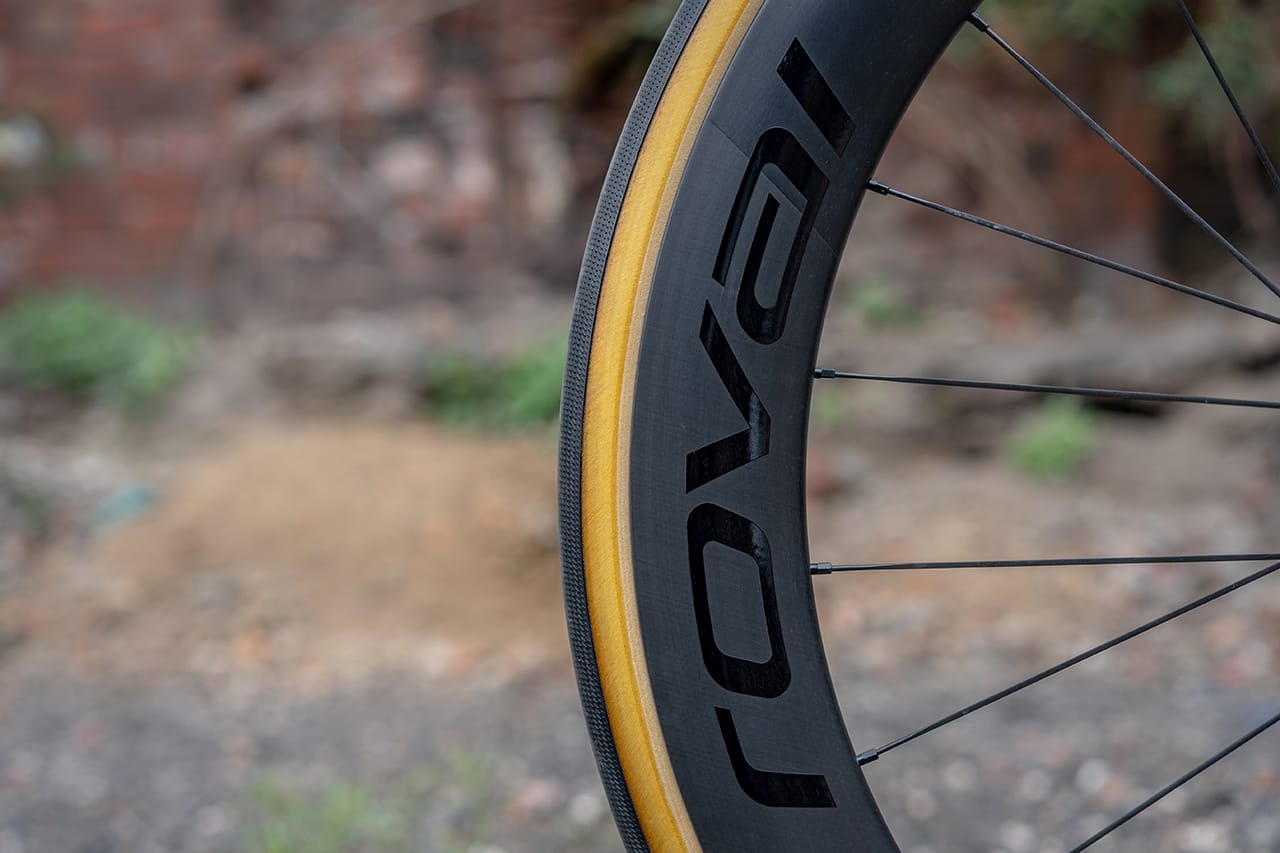
Wheels are the single most significant upgrade one can make to a bike, and is something I’ve done to every single bike I’ve owned previously. Happily, this won’t be something I’ll need to do with the Tarmac. The Rapide CLX wheelset from Specialized’s own Roval brand are truly remarkable. Reviewed on their own, they consistently get top marks. At 1400g for the pair, they’re incredibly lightweight, especially considering their depth (60mm at the back, 51mm up front) and width (30.7mm at the back, and a whopping 35mm at the front). The front rim is actually wider than the 26mm tyre that Specialized fits, which looks pretty unusual, and certainly takes some getting used to.
The stiffness of the wheels really shines when you put your foot down; they pick up and hold speed incredibly well, thanks respectively to their light weight and the ceramic internals and aerodynamic profile. Once up to speed, they make the most phenomenal noise. To other riders, it sounds more like a car. Stunning.
The only, only downside is that the wheels are not tubeless compatible. I haven’t run inner tubes on any of my other bikes since 2018, and being back to clinchers does feel like a minor step backwards. Ah well.

All in all, I am over the moon with this bike, and for the price, I should be. It really is a superbike, and you can feel the quality and the craftsmanship in every single detail. It’s a bike that is far greater than the sum of its parts, and truly cries out to be ridden hard and fast. My pride and joy.